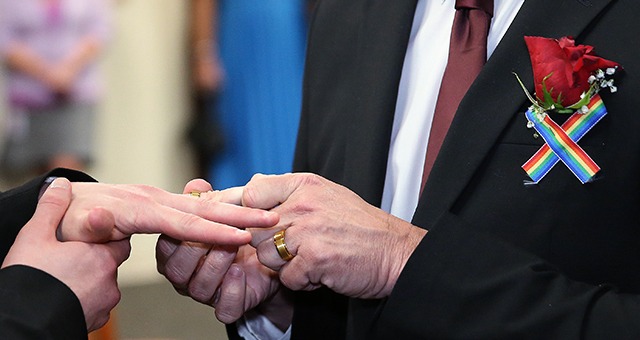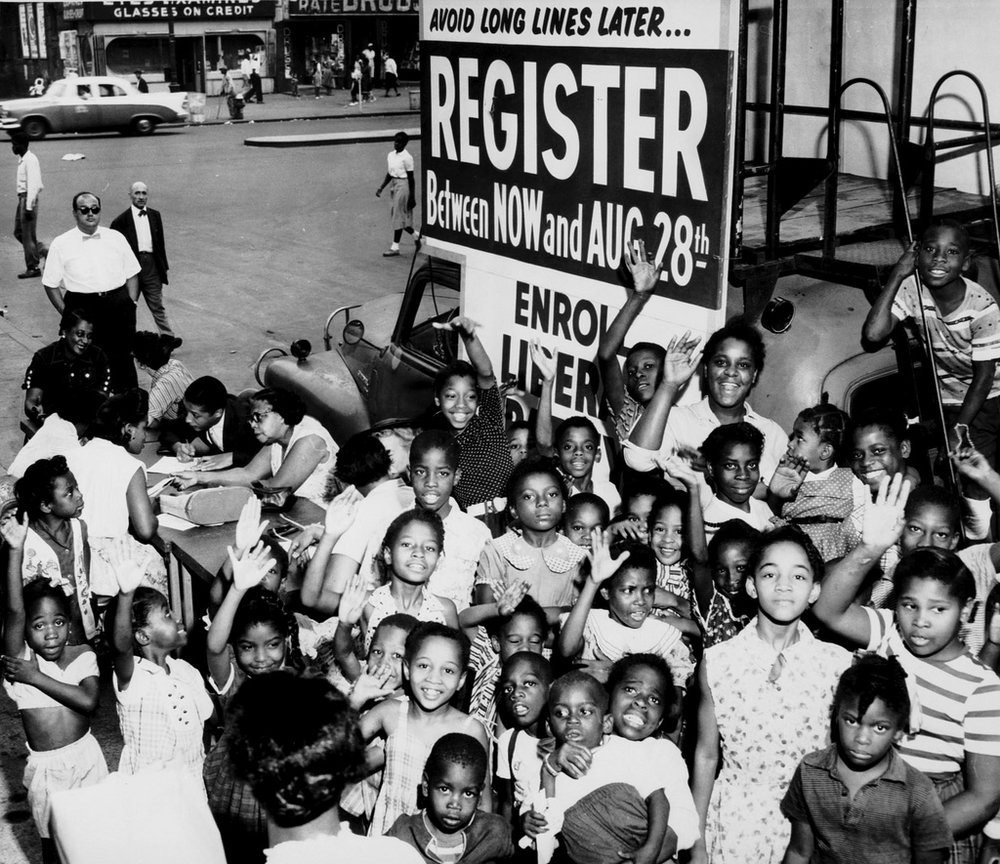
(Source) The Supreme Court’s fateful decision in Obergefell v. Hodges will forever be an incredible achievement for the LGBTQ+ community. The landmark case declaring same-sex marriage legal across all 50 states celebrated its sixth anniversary this past June. Even still, with rampant discrimination, elevated homeless rates, and higher chances for sexual assault, the LGBTQ+ community

(Source) Although lack of funding, high caseloads, and shortage of attorneys are nothing new in America’s public defense system, the pandemic has worsened the problems to a new level. As many courts in New England began to reopen after a long period of closure due to the pandemic, many public defenders were facing a large

(Source) What happened? Earlier this year, retail investors took advantage of an opportunity to invest in stocks they collectively believed would increase in price. Using Reddit, retail investors came together on a subreddit, aptly named WallStreetBets, to parse through publicly available information and act “collectively” on certain stocks. These stocks included GameStop, AMC Entertainment, and

(Source) I. Voter registration disparity and the effects of COVID-19 on voter registration The 2020 presidential election revealed a remarkable 168,310,000 registered voters. In comparison, the 2016 presidential election boasted 157,600,000 registered voters. The rise in registered voters is a promising trend because voter registration is directly tied to votes cast and an active electorate

(Source) The first shopping mall opened in 1956. From then on, the number of shopping malls grew exponentially each year. From 1970 to 2002, over 800 shopping malls were built in the United States. However, shopping mall growth began to stagnate in the 2000s. Various external factors were developing in the 2000s which may have